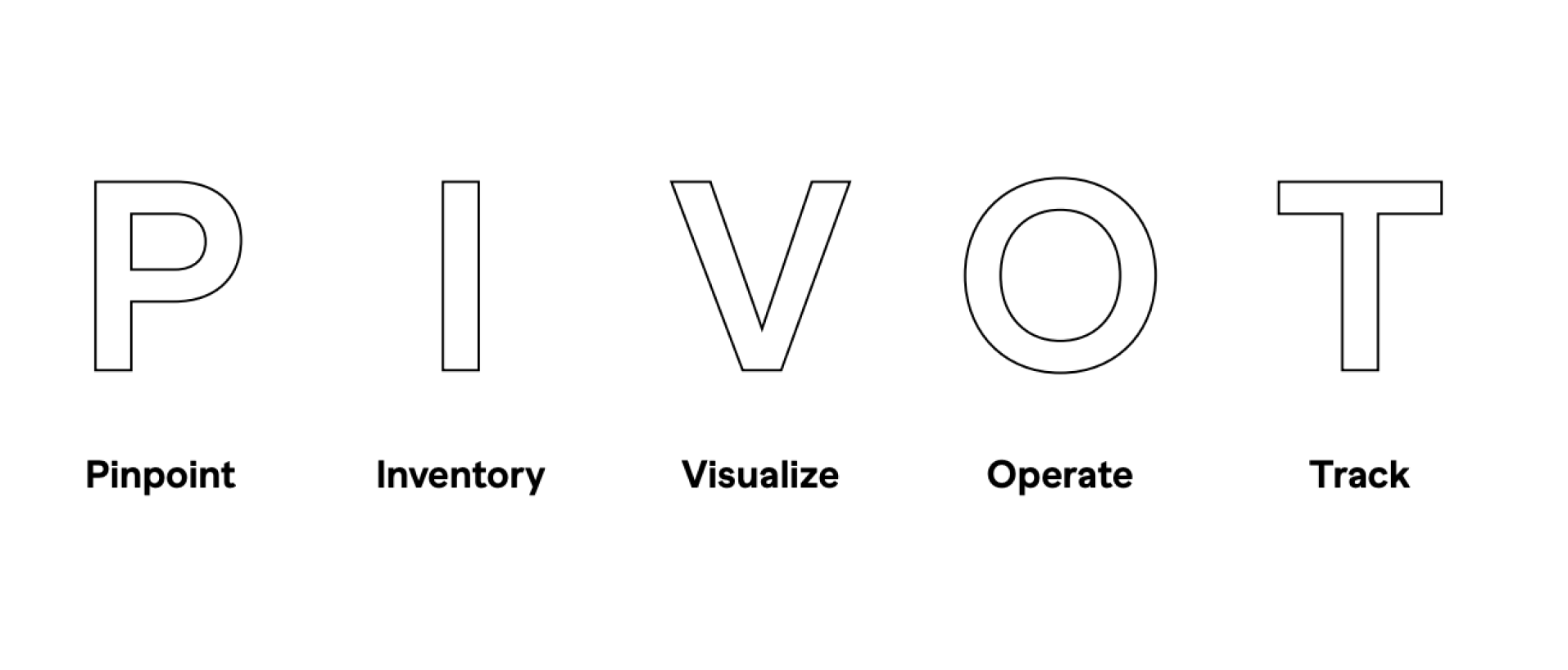What Does It Mean to Pivot in Business?
In business, a pivot is a shift in your company's strategy, usually in response to market conditions or consumer demands. It involves changing the direction of the company, sometimes drastically. For a successful pivot, you have to leave your current business strategy behind and carve a new path towards growth.
Sometimes this means developing a streamlined offering, or maybe a completely new product or service. A strategic pivot can keep your business relevant and result in profitability — but to get there, you have to let go of the plans that are no longer viable.
A pivot can be as simple as a restaurant turning to online sales or as complex as a tech company shifting from consumer sales to B2B. Regardless of scale, these shifts can keep your business thriving in an ever-changing market.
Jimmy Wales on Pivoting
What is a Pivot Strategy?
A pivot strategy is a change in your business’s direction, often in pursuit of new markets or customers. Don’t think of it as an act of desperation. By pivoting, you’re making a calculated business strategy that can keep your company relevant and profitable. If a current line of products or services isn’t meeting expectations, it’s time to consider a pivot.
So, what does a pivot strategy involve? It might mean altering the products you provide or engaging with new market segments. In more extreme cases, you might need to overhaul your entire business model. Be prepared to leave the old strategy behind and venture into uncharted territory. It’s a big step to take, but a well-implemented pivot can mean the difference between becoming obsolete and rising to the top of the market.
6 Financial Impacts of a Pivot
When you pivot, expect financial implications. It’s crucial that you carefully consider your pivot and prepare both strategically and financially for a change in direction.
- Initial Investment: Pivoting often requires capital to develop new products or enter new markets.
- Operational Costs: Expect increased operational costs as the business changes direction. These might include training for staff and hiring new talent.
- Marketing Expenditures: New marketing strategies can be expensive, as can efforts to rebrand or reposition. Plan accordingly.
- Revenue Fluctuations: A pivot can lead to temporary revenue dips. Profitability of new products will likely only come after old products are phased out.
- Cost of Mistimed Pivot: Carefully consider the timing of your pivot. Initiate too early, and it can result in financial loss. Delaying can lead to missed opportunities. Find the sweet spot.
- Risk Management: Remember — a pivot always carries financial risk. You have to prepare for the possibility of the new strategy not succeeding. Effective stakeholder communication can help manage expectations and risks.

When to Consider a Pivot
It’s not always easy, but identifying the right moment for a strategic pivot is crucial for maintaining a competitive edge. Here are some common signs that it's time you took your business in a new direction:
- Business growth has stalled and consumer feedback is consistently negative.
- You’re falling behind competitors or facing financial strains with no end in sight.
- You’re behind on technological advancements or not meeting new industry regulations.
- Analytics show superior performance in trial areas versus core offerings.
5 Common Pivot Strategies
A successful pivot will shift your company’s focus to areas where it can be more profitable and competitive. These five common pivot strategies can realign your business with market demands:
- Target Market Pivot: This strategy involves shifting focus to a new demographic or market segment — one with a stronger demand for your company's offerings.
- Product Feature Pivot: By adapting or adding new features to existing products, you can better meet the needs of your market.
- Business Model Pivot: With this strategy, you change your revenue model or the fundamental way in which your business makes money, usually in response to economic shifts.
- Technology Pivot: By updating the technology you use or offer, you open new opportunities that can help the company keep up with trends and demands.
- Channel Pivot: Here, you adjust the way you sell your products — for example, moving from brick-and-mortar to online sales — in order to reach customers more effectively.
Slack’s Successful Pivot from Gaming to Business Communication

An exemplary case of a pivot strategy executed successfully in the tech industry is Slack. Originally developed as an internal communication tool for a gaming company, Tiny Speck, which was working on the game "Glitch." When the game failed to gain traction, the company recognized the potential of its communication tool. They pivoted from gaming to business communication, transforming the tool into what is now known as Slack. This strategic pivot not only saved the company but also propelled Slack to become a leader in business communication tools, eventually leading to its acquisition by Salesforce for $27.7 billion.
Book a call with our Program Director
Book a 15-minute call with our Program Director to discuss your goals and what the Augment MBA has to offer.
Speak to an advisor7 Tips for Implementing a Pivot Strategy
Implementing a pivot strategy isn’t easy, but when you approach the challenge with the right focus, you can effectively navigate the changing markets and consumer demands.
- Evaluation: First, determine if there’s a need for a pivot. Analyze your current business strategy and performance. Look at customer feedback. Study market trends and financial metrics. Then make your decision.
- Strategic Planning: Develop a clear pivot strategy. Spell out the change in direction and how it aligns with overall business goals. Identify your new customer base, technology shifts, or business model changes.
- Communication: By communicating the pivot internally to the team, you ensure everyone understands the reasons and their roles in the new strategy.
- Resource Allocation: You’re going to need to adjust resources — that includes money and personnel.
- Implementation: It’s time to begin the process of changing direction. Whether you’re developing new products, entering new markets, or adapting current operations, it’s vital to track progress, and — importantly — be ready to make further pivots as needed.
- Customer Engagement: Be bold, and explain the pivot to your customers. Tell them they benefit from it. Customer buy-in is crucial for the success of your new strategy.
- Review and Adaptation: You’re not finished yet. After you’ve implemented your pivot, it’s time to review its impact. Be prepared to adapt further. Pivoting is almost always iterative, not one-and-done.



